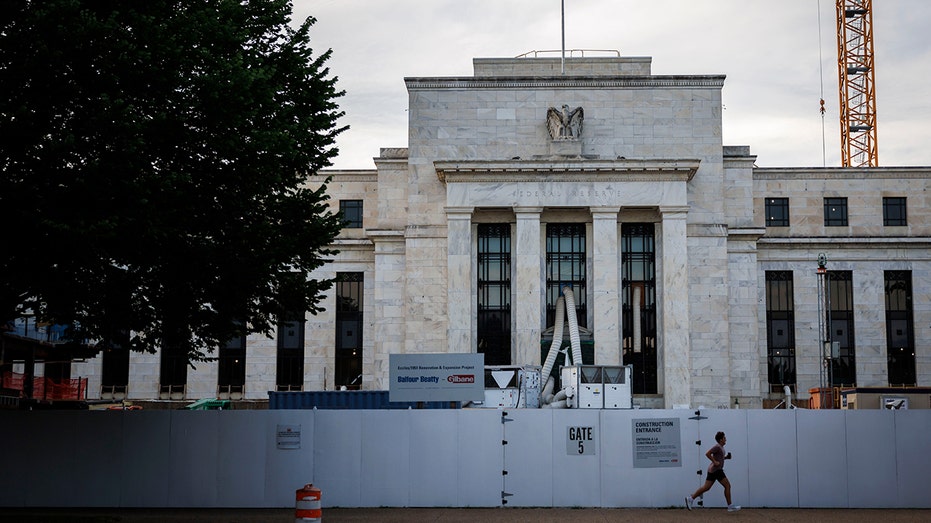The minutes of the Federal Reserve’s policy meeting last month show that the path for interest rate cuts in December and early next year is far from certain.
Policymakers on the Federal Open Market Committee (FOMC) were divided at their late October meeting over whether there should be an additional rate cut at their next meeting in mid-December amid concerns about a softening labor market and rising inflation.
The Fed cut rates for the first time this year in September, and followed that up with a second 25-basis-point cut in October, which left the benchmark federal funds rate at a range of 3.75% to 4%.
“In discussing the near-term course of monetary policy, participants expressed strongly differing views about what policy decisions would most likely be appropriate at the Committee’s December meeting,” the FOMC wrote.
US ADDED 119K JOBS IN SEPTEMBER, DELAYED JOBS REPORT SHOWS
“Most participants judged that further downward adjustments to the target rate for the federal funds rate would likely be appropriate as the Committee moved to a more neutral policy stance over time, although several of these participants indicated that they did not necessarily view another 25 basis point reduction as likely to be appropriate at the December meeting,” policymakers said.
“Several participants assessed that a further lowering of the target range for the federal funds rate could well be appropriate in December if the economy evolved about as expected over the coming intermeeting period,” the FOMC noted. “Many participants suggested that, under their economic outlooks, it would likely be appropriate to keep the target range unchanged for the rest of the year.”
CONSUMER SENTIMENT SLIDES TO NEAR-LOWEST LEVEL ON RECORD AS GOVERNMENT SHUTDOWN DRAGS ON

The minutes also reflected the discussion among Fed policymakers over the impact of the higher tariffs under the Trump administration on inflation.
Businesses that import goods from overseas are facing higher costs due to the tariffs, which have contributed to higher inflation as those costs are passed on through higher consumer prices.
Several policymakers noted that “setting aside their estimates of tariff effects, inflation was close to the Committee’s target” of 2% long-run inflation. However, the FOMC minutes noted that many participants in the policy meeting “remarked that overall inflation had been above target for some time and had shown little sign of returning sustainably to the 2% objective in a timely manner.”
US HOUSEHOLD DEBT HITS A NEW RECORD, NY FED FINDS

“Many participants expected some additional pickup in core goods inflation over the next few quarters, driven in part by further pass-through of tariffs to firms’ pricing. Several participants expressed uncertainty about the timing and magnitude of tariff-related price effects, noting that some businesses were reportedly waiting to adjust prices until tariff policies seemed more settled,” the minutes added.
One area in which Fed policymakers were able to reach a consensus was in agreeing that monetary policy moves aren’t on a preset course and would be based on a range of incoming data, the evolving economic outlook and the balance of risks.
The market’s expectations for a third straight cut in December have shifted, with the CME FedWatch tool showing a 43.8% probability of a 25-basis-point cut as of Thursday – up from 30.1% on Wednesday but below the 50.1% reading from a week ago and the 98.8% probability as of last month.
Read the full article here

















